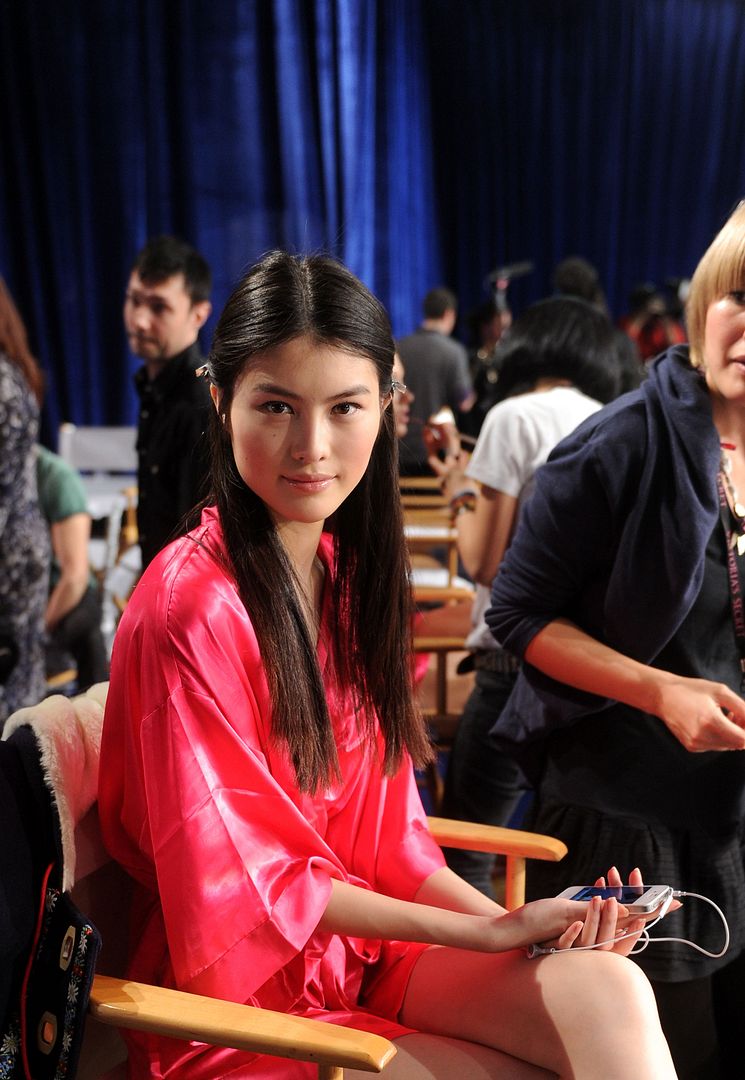A traditional holiday celebration of love and devotion https://www.quora.com/What-are-some-of-the-most-romantic-songs is a northern Asian ceremony custom. Despite the 60 to 70 decades of Soviet/russian concept, some customs have survived and even been revived by migratory citizens who want to respect their predecessors. The ceremony consists of many stages, including multiplayer, meeting of the in- laws and friendship of bride and groom, a exciting feast in the bride’s home and seeing off the bride.
The first stage is the thus- called “bride’s farewell party”. The wedding and her community hang a large bash where tunes are sung and all drinks koumiss. Then the wife is masked with a mask and escorted to her innovative father’s yurt in a march. The mullah supervises the whole celebration.

The groom presents his wife’s female relatives with gifts on the day of the wedding ( nikokh ), and the two families prepare for a lavish feast. The bridegroom moreover owes a sizable marriage known as the jasau in some parts of the nation. It is contain of horses, cattle, money, embelleshment and apparel.
For a ceremony known as” Kelin turkmen girl Salom” or” Salom Beru,” the bride wears a traditional dress and veil to the wedding reception. Therefore, she bows obediently to her older family and in-laws. She bids her farewells to her happy childhood by embracing marriage in this meeting.
His father-in-law had previously prepared a bed and put on twelve bowls of rice as an omen of fertility and longevity for the couple following the official wedding ceremony ( nikokh ) in the groom’s home. The children of the newly married couple then scramble for these grains, almonds, oranges, and fruit.